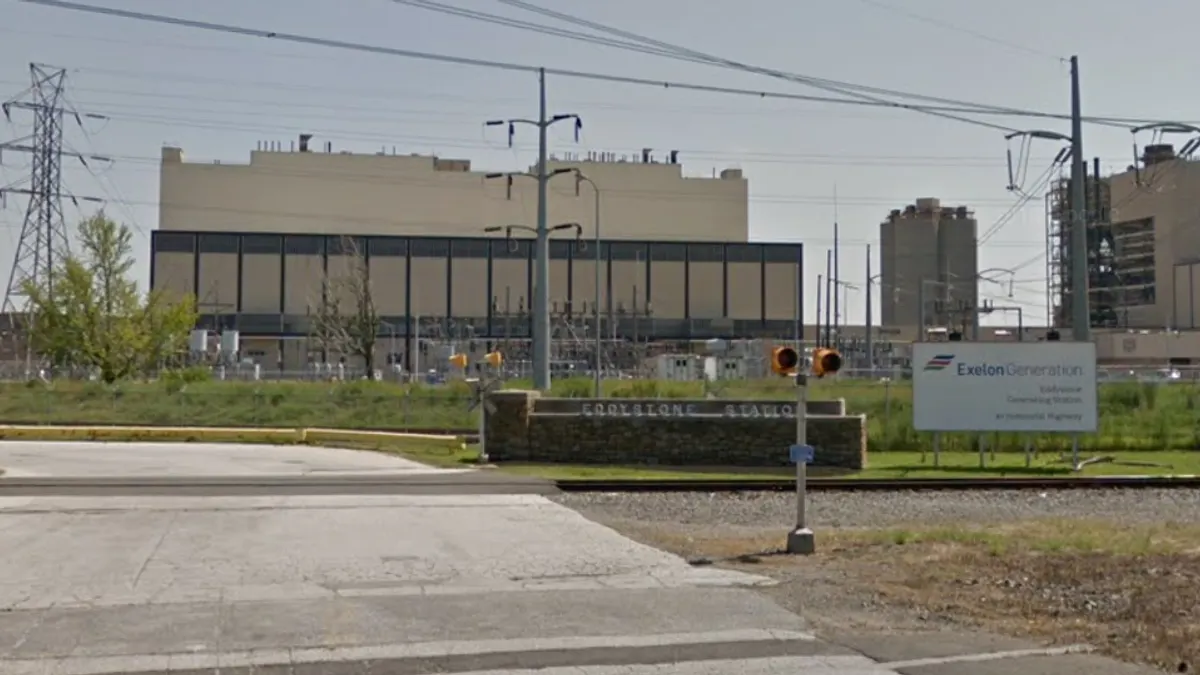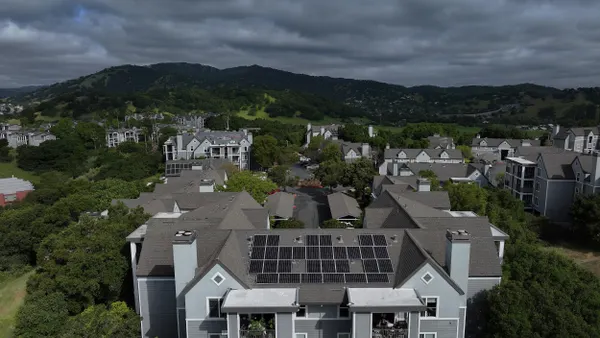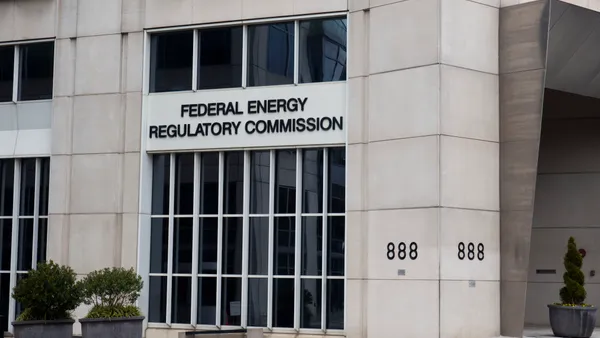Over the past several years, we’ve seen a brave new utility model emerge.
Renewables, smart meters, distributed energy resources (DERs), and so much more have had a profound impact on utilities and are fundamental to achieving our decarbonization goals. This is the way of the future, and there is no going back.
Not surprisingly, it’s brought on a lot of big changes. Changes in how we manage the grid. Changes in how we consume energy. Changes in how we engage customers. But what about changes in how utilities bill their customers? That is an area that doesn’t get as much attention.
Yet it’s becoming increasingly clear we need a more flexible and agile approach to handle the complex billing needs of today’s utility. EVs, rooftop solar, energy storage, and microgrids all continue to grow. New regulations, combined with new rate designs and advanced technologies, aim to flexibly change customers’ behaviors and the load shape so it better matches the intermittent nature of new supply resources.
The utility bill needs to reflect these realities and accommodate new rates and tariffs in a way that is accurate and timely for all customer segments. Unfortunately, the legacy utility customer information system (CIS) just isn’t up to the task.
TMG Consulting, whose primary focus is working with utilities to plan, develop, implement and manage business and technology solutions, recently examined the ability of the CIS to handle the complex billing needs of an evolving grid.
Essentially, what the report found is that “utility billing is at a crossroads. While there are advances in core CIS capabilities, today’s market realities demand a more powerful and agile solution to handle the complex billing needs that are cascading across the utility industry.”
What do we do about it?
As utilities think about how to address the challenges associated with billing complex rates and programs, here are a few considerations:
- The focus needs to be on the customer. As the energy industry evolves, customers need to be continually engaged and educated on new programs and rates. A key enabler here is being able to ingest massive amounts of meter and customer data (often from disparate sources that exist outside of the walled garden of traditional utility meter-to-cash) to generate new rates and programs in a timely manner. Doing so helps keep customers informed and engaged, resulting in better program traction.
- It’s important to ensure everyone is on the same page. Understanding the impact of decisions, ideally in real-time, will be increasingly important. Customer Service Representatives (residential) and Key Account Managers (enterprise) can be on the front line by delivering timely, accurate responses to customer questions, and generating analyses with just a few clicks. For example, a customer might ask “what is demand response and what does it mean for me?” Or, “what is the impact of electrifying my fleet?” Modeling and providing real-time answers can be a game-changer for utilities and customers alike.
- The CIS doesn’t need to be replaced but it does need to be enhanced. Current utility CIS solutions have not been built for the complexities of these new rates and tariffs. As regulators get more creative and provide more flexibility with how tariffs are structured, the CIS will further struggle to keep up, requiring an augmented approach.
Billing complex rates is hard. But it doesn’t have to be. There are ways to mitigate the complexity of billing emerging rate structures in a manner that also leads to a positive experience for customers. Read the report: Bringing Stability to the Shifting Complex Billing Landscape here to learn more, including how one utility is incorporating this approach into their strategy.










